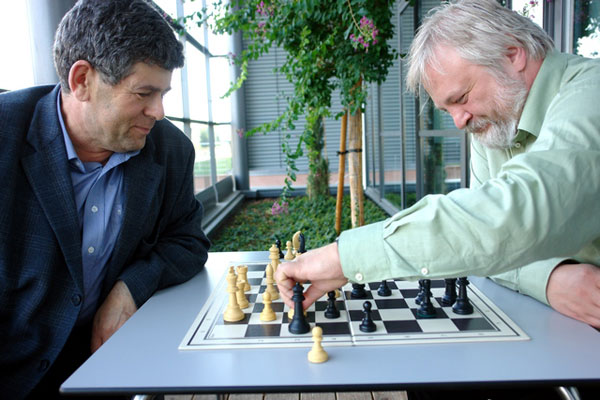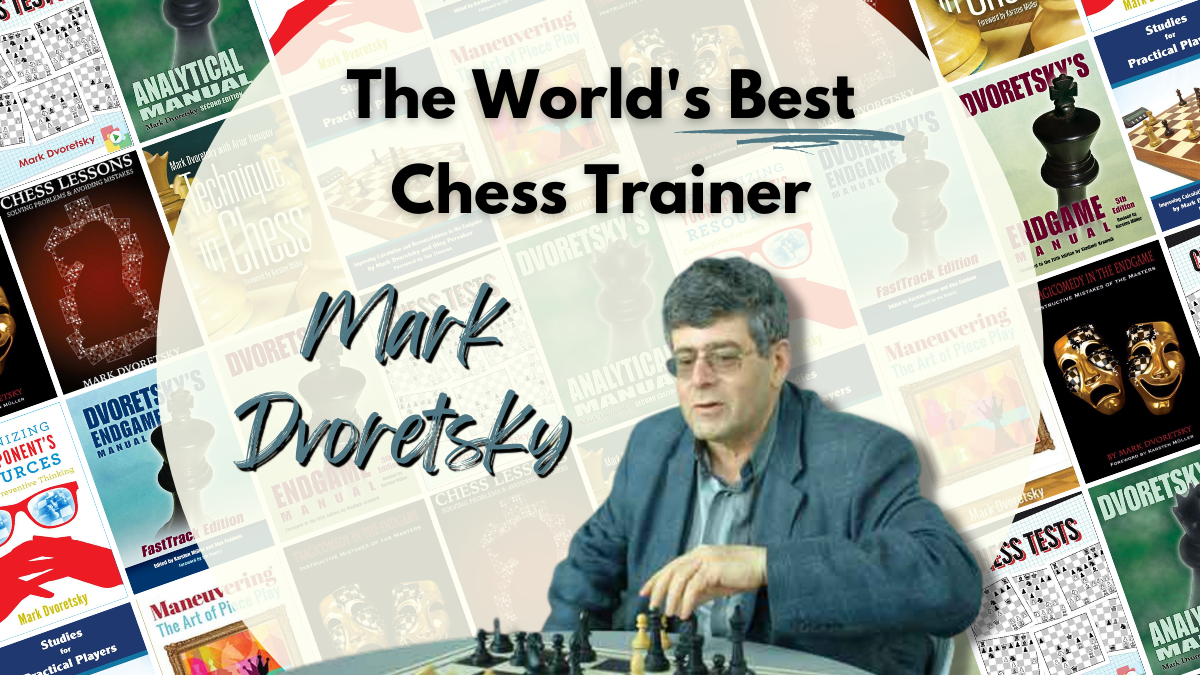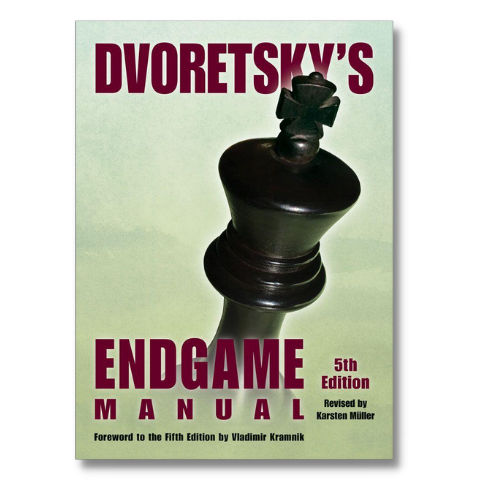Mark Dvoretsky is known for many things; his success as a chess player, journalist, author, and most of all, as being the world’s best chess trainer. In this post, we delve into the life and career of this chess giant and take a look at the latest release Technique in Chess.
International Master
Dvoretsky had a very promising career as a chess player. He attained the International Master title in 1975 and had many tournament successes such as winning the 1973 Moscow championship in the field of International Masters and Grandmasters. The following is a game from the tournament against GM Anatoly Lein:
Other tournament successes include placing fifth in the 1974 Soviet Championships (which included names such as Alexander Beliavsky and Mikhail Tal), and winning the 1975 Wijk aan Zee Masters tournament.
Dvoretsky’s most notable game was his victory against Vasily Smyslov, the 7th World Chess Champion, in 1974:
Chess Trainer
Despite his successes as a player, Dvoretsky opted to retire from serious tournaments and instead focus his attention on becoming a chess trainer. He reached incredible heights in his career as a coach – which includes training multiple chess superstars such as Garry Kasparov, Viswanathan Anand, Veselin Topalov, Loek van Wely, Aleksey Dreev, Ernesto Inarkiev, Nana Alexandria, and Alexander Motylev, amongst many others. A few of his students; Valery Chekhov, Artur Yusupov, Sergei Dolmatov, and Maxim Dlugy would even go on to become World Junior Champions after Dvoretsky’s training! It is widely known that Dvoretsky was able to take semi-strong 2000+ rated players and work with them to transform them into grandmasters.
Artur Yusupov worked with Dvoretsky for many years, and even reached the peak of number three in the world rankings behind Karpov and Kasparov. Yusupov was not only Dvoretsky’s student, as they also published books together, and still do to this day with the latest collaborative release, Technique in Chess.

Chess Author
Dvoretsky’s name is firmly situated in the list of most prolific chess authors. He has written multiple books on a wide range of topics within all phases of the game. His book, Dvoretsky’s Endgame Manual, is considered by many top players as a must-have endgame book.
Technique in Chess
The new release Technique in Chess is a collaboration between Mark Dvoretsky and his former student, GM Artur Yusupov. A couple of years after his passing (in 2016), Yusupov, worked with Dvoretsky’s son and combed through his chess archives, discovering material that had not been shown to the world yet. This is where the book was born – a compilation of Dvoretsky’s material, put together by Yusupov, with some of his own reflections included, all under the theme of technique.
So what exactly is technique? The book defines it as the following:

According to Yusupov, technique was always a central theme for Dvoretsky, which he taught in his books and to his students. This book teaches technique to gain an advantage in all areas of the game – opening, middlegame, and endgame.
The first part is theoretical, explaining and demonstrating ideas under the following topics:
Technique in Chess: Part 1
- The Concept of Technique
- Endgame Technique and Realizing an Advantage
- A Player’s Behavior in Better Positions
- Full Concentration
- Time Management
- Realizing a Material Advantage
- General Principles of the Endgame
- Realizing an Advantage in the Endgame
- Realizing a Positional Advantage and the Four Golden Principles of Technique
- Do Not Allow Counterplay!
- Do Not Hurry!
- The Principle of Two Weaknesses
- Correct Exchanging
- The Transformation of an Advantage
- Concrete Play in Realizing an Advantage
The second part of the book comprises of 102 practice exercises, increasing in difficulty, where the positions are taken from practical games and studies. The exercise solutions are quite detailed, and Yusupov took the time to help the reader understand all possible variations to assist in decision-making at the board.
Here is an exercise from the book:
Exercise 35
It is Black to play. Recognize White’s threat of Kf2-e3 and find the best continuation.
You can view the solution in the book’s free sample.

Ultimately, Technique in Chess is a book that enables the reader to learn from the world’s best chess coach and his best student.

Have any thoughts or questions? Let us know in the comments below!
- Rock Solid Chess: Volume 2 - February 21, 2024
- Unsung Heroes of Chess - February 19, 2024
- Build Up Your Chess: The Fundamentals - February 7, 2024

